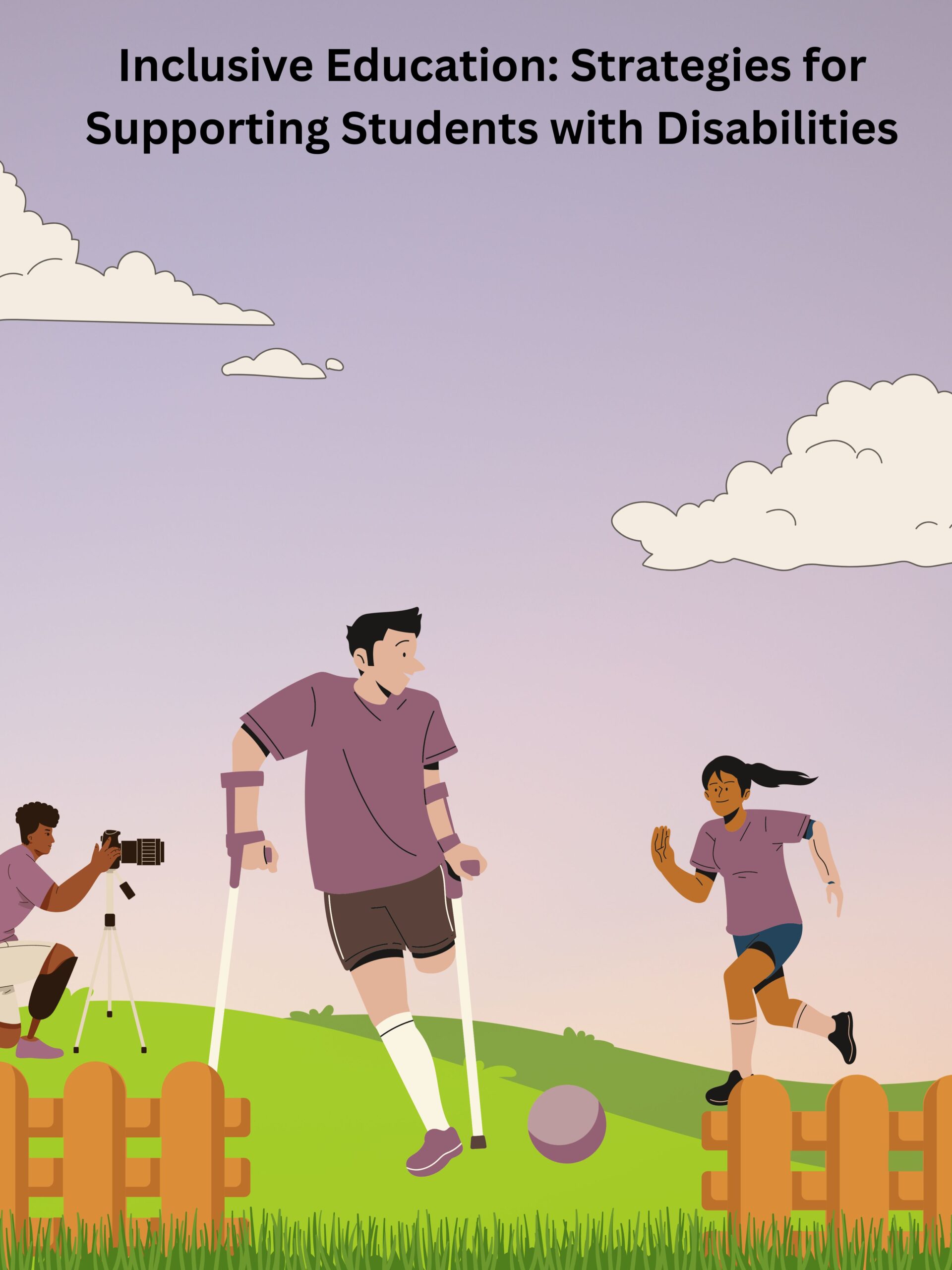Inclusive education is a crucial approach that ensures all students, regardless of their abilities or disabilities, have equal access to quality education. By implementing inclusive practices, educators can create learning environments that accommodate diverse needs and promote the success of every student. This blog explores effective strategies for supporting students with disabilities and highlights the benefits of inclusive education.
Understanding Inclusive Education
Inclusive education refers to the practice of educating all students together in general education classrooms, regardless of their physical, intellectual, or emotional challenges. The goal is to provide an equitable learning experience for every student by addressing their individual needs and fostering an environment where everyone can thrive.
Benefits of Inclusive Education
- Promotes Equality and Diversity
Inclusive education promotes equality by ensuring that all students have access to the same educational opportunities. It fosters a diverse learning environment where students learn to appreciate and respect differences, which enhances social skills and empathy. - Enhances Social Interaction
Students with disabilities benefit from interacting with their peers in an inclusive setting. These interactions help them develop social skills, build friendships, and gain confidence. For typically developing students, working alongside peers with diverse needs fosters a sense of community and understanding. - Improves Academic Outcomes
Research shows that inclusive education can improve academic outcomes for students with and without disabilities. By adapting teaching methods and providing individualized support, educators can address diverse learning styles and enhance overall academic performance. - Fosters a Positive Classroom Environment
Inclusive classrooms create a positive learning environment where all students feel valued and supported. This inclusive atmosphere encourages collaboration, participation, and a sense of belonging, which contributes to a more effective learning experience.
Strategies for Supporting Students with Disabilities
- Differentiated Instruction
Differentiated instruction involves tailoring teaching methods and materials to meet the diverse needs of students. For students with disabilities, this may include providing alternative formats for assignments, offering flexible deadlines, or using varied instructional approaches. Differentiated instruction ensures that all students have the opportunity to succeed. - Use of Assistive Technologies
Assistive technologies can greatly enhance learning for students with disabilities. Tools such as text-to-speech software, screen readers, and speech recognition programs help students access and interact with educational content. Integrating these technologies into the classroom supports diverse learning needs and promotes independence. - Creating an Accessible Learning Environment
An accessible learning environment is essential for students with disabilities. This includes ensuring physical accessibility, such as wheelchair ramps and adjustable desks, as well as providing accommodations like extended test time or alternative formats for instructional materials. Accessibility ensures that all students can fully participate in classroom activities. - Collaborative Team Approach
Supporting students with disabilities requires collaboration among educators, parents, and specialists. Forming a collaborative team helps develop and implement individualized education plans (IEPs) or 504 plans that address each student’s specific needs. Regular communication and teamwork ensure that students receive consistent support. - Implementing Behavioral Supports
Behavioral supports, such as positive reinforcement and clear expectations, can help manage classroom behavior and promote a positive learning environment. For students with disabilities who may face behavioral challenges, individualized strategies and supports can improve their engagement and success in the classroom. - Providing Professional Development for Educators
Ongoing professional development helps educators stay informed about best practices and strategies for inclusive education. Training in areas such as special education, assistive technologies, and differentiated instruction equips teachers with the skills needed to support all students effectively. - Fostering Peer Support and Inclusion
Encouraging peer support and inclusion helps integrate students with disabilities into the classroom community. Strategies such as peer tutoring, cooperative learning, and inclusive group activities promote positive interactions and mutual respect among students. - Monitoring and Adjusting Strategies
Regularly monitoring and evaluating the effectiveness of inclusive education strategies is crucial. Collecting feedback from students, parents, and educators helps identify areas for improvement and ensure that support measures are meeting students’ needs.
Examples of Inclusive Education Practices
- Co-Teaching Models
Co-teaching involves two or more educators working together to deliver instruction in the same classroom. This model allows for the integration of special education services with general education, providing targeted support and ensuring that all students receive individualized attention. - Universal Design for Learning (UDL)
Universal Design for Learning (UDL) is an approach that aims to create flexible learning environments that accommodate diverse learning needs. UDL principles include providing multiple means of representation, engagement, and action/expression to support all learners. - Flexible Grouping
Flexible grouping involves arranging students into different groups based on their needs, interests, or abilities. This approach allows for targeted instruction and support, ensuring that all students receive the appropriate level of challenge and assistance. - Interactive Learning Stations
Interactive learning stations provide opportunities for hands-on, multi-sensory learning experiences. By incorporating various types of activities and materials, educators can address different learning styles and needs within the classroom.
Conclusion
Inclusive education is essential for creating equitable learning opportunities and supporting the success of all students, including those with disabilities. By implementing strategies such as differentiated instruction, assistive technologies, and collaborative teamwork, educators can foster a supportive and inclusive classroom environment. For more insights and resources on inclusive education, explore our related articles on [Benefits of Inclusive Education for All Students], [Creating Accessible Learning Environments], and [Assistive Technologies for Students with Disabilities].



Leave a Reply